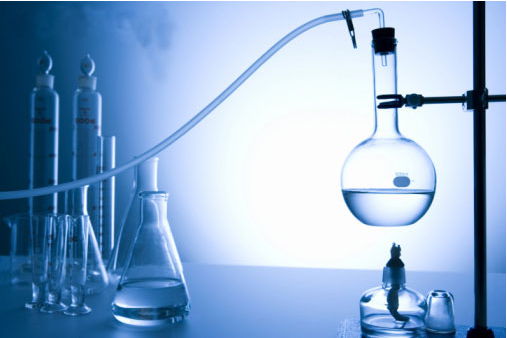Although chemistry had come a long way in the century that separated Newton and Boyle from Scheele and Priestley and Henry Cavendish, it still had a long way to go. Right up to the closing years of the eighteenth century (and in Priestley's case a little beyond) scientists everywhere searched for, and sometimes believed they had actually found, things that just weren't there: vitiated airs, dephlogisticated marine acids, phloxes, calxes, terraqueous exhalations, and, above all, phlogiston, the substance that was thought to be the active agent in combustion. Somewhere in all this, it was thought, there also resided a mysterious elan vital, the force that brought inanimate objects to life.
從牛頓和玻義耳,到金勒、普里斯特利和亨利·卡文迪許,中間隔著一個世紀。在這個世紀里,化學得到了長足的發展,但還有很長的路要走。直到18世紀的最后幾年(就普里斯特利而言,還要晚一點),各地的科學家們還在尋找——有時候認為真的已經發現——完全不存在的東西:變質的氣體、沒有燃素的海洋酸、福祿考、氧化鈣石灰、水陸氣味,尤其是燃素。當時,燃素被認為是燃燒的原動力。他們認為,在這一切的中間,還存在一種神秘的生命力,即能賦予無生命物體生命的力。

No one knew where this ethereal essence lay, but two things seemed probable: that you could enliven it with a jolt of electricity (a notion Mary Shelley exploited to full effect in her novel Frankenstein ) and that it existed in some substances but not others, which is why we ended up with two branches of chemistry: organic (for those substances that were thought to have it) and inorganic (for those that did not).
誰也不知道這種難以捉摸的東西在哪里,但有兩點是可信的:其一,你可以用電把它激活(瑪麗·謝利在她的小說《弗蘭肯斯泰因》里充分利用了這種認識);其二,它存在于某種物質,而不存在于別的物質。這就是化學最后分成兩大部分的原因:有機的(指被認為有那種東西的物質)和無機的(指被認為沒有那種東西的物質)。











